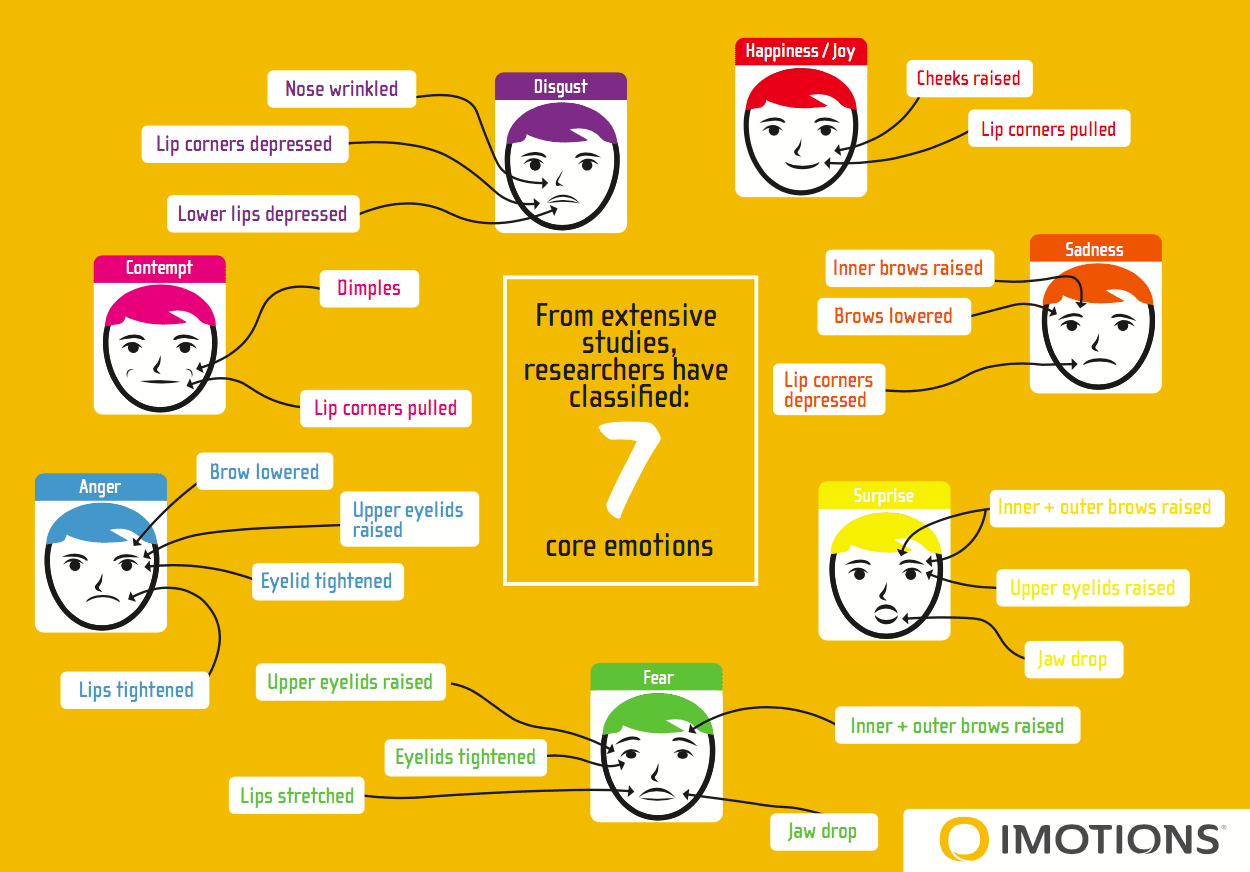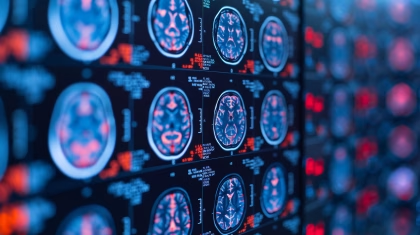How are you feeling? Are you happy or sad?
When asked, it is rather likely that all of us are able to tell which emotional state we are in at that moment. But what does it mean? Where do emotions originate and how do they impact our daily life?
Emotions = Feelings?
For most people feelings and emotions are very much the same. Naturally, we would perceive them as synonyms; two words with the same meaning. However, even though they are dependent on each other, emotions and feelings are rather different things.
Emotions describe physiological states and are generated subconsciously. Usually, they are autonomous bodily responses to certain external or internal events. By contrast, feelings are subjective experiences of emotions and are driven by conscious thoughts and reflections. This means that we can have emotions without having feelings, however, we simply cannot have feelings without having emotions.
What are our basic emotions?
There are as many alleged emotions as researchers have different opinions about them. As a rule of thumb, there are seven basic emotions: joy, surprise, fear, disgust, anger, contempt, and sadness.

Based on these, we build secondary emotions, which can add up to a number of over 25. However, recent research from the University of Glasgow suggests that humans have only four rather than seven basic facial expressions. But this is only one discussion stream, classifying emotions into categories.
Other researchers use two well-established orthogonal dimensions when analyzing emotional responses – arousal (excitement vs. calmness) and valence (positivity vs. negativity). Arousal refers to the psycho-physiological state of being awake and reactive to stimuli and is relevant for any kind of regulation of consciousness, attention, and information processing. Yet, based on the arousal dimension alone one cannot determine the quality of an emotion. Whether an emotion is positive (joy) or negative (fear), it is addressed by the valence dimension.
Which parts of the brain are “emotional”?
Unfortunately, there is no single brain region where all of our positive or negative emotions are processed. However, several studies identified brain regions that are obviously involved in the processing of both positive and negative emotions.
Emotions are generated by synchronization of neural networks throughout the human brain, involving visual and auditory areas in occipital and temporal regions that process incoming information as well as self-referential areas in parietal regions. During the processing of for example joyful stimuli, these areas closely interact with the medial orbitofrontal cortex.
Further, the nucleus accumbens has been shown to be active when feeling desire. Negative emotions such as stress, fear, and disgust, on the other hand, are generally associated with much deeper and older brain structures such as the amygdala or the insula.
Are emotions really nonconscious?
Yes, they are.
Take the example of watching a horror movie at home – even though you are in a very safe environment and there is nothing to be scared of you might get nervous and frightened. There is the chance that you might even try to hide. Your body responds with stronger respiration, faster heartbeat, and increased pupil dilation.
Before you can start to consciously become aware of fear or even respond with a scream, your autonomous nervous system has already pulled the levers and triggered all bodily changes. This again shows that emotions do not automatically result in feelings but that they definitely steer our actions.
Do emotions influence our thinking?
Emotions have a certain power over our thoughts. “In essence, our first ‘read’ of a new situation is always centered in our emotions, feelings, and attitudes. As such, our emotions are laying the groundwork for the thinking that is to come”, says Ron Ritchart in his article about dispositions, attitudes, and habits.
The fact that emotions appear “pre-cognitively” (i.e., prior to thoughts) is actually quite helpful. Under impending threats, there simply is no time to think. Instead, emotions “take over” and trigger immediate behavioral responses in split seconds, preventing negative outcomes. Emotions support decision making, serve as a source of motivation to select and take appropriate action.
Why do we need emotions?
Kendra Cherry, Psychology Expert, summarized the five main purposes of emotions quite nicely: Emotions help us to take action, to survive, strike and avoid danger, to make decisions, to understand others. Moreover, they help other people to understand us.
From an evolutionary standpoint, brain structures that process cognitive information (such as neocortex) are way younger than other brain areas that are modulated autonomously (such as brainstem), one could say that the effect of emotions on human behavior is much greater compared to cognition and rational decisions.
Further, other human’s emotions affect our own by virtue of the information they convey. When we perceive someone’s facial expression to reflect fear, we tend to instantly look out for dangerous or hazardous stimuli in the environment. Likewise, we feel comfortable and safe when sensing happiness in others. Consequently, emotions, cognitions, and behavior of human beings can easily be affected by emotional stimuli.
How can emotions be measured?
What emotions are and how they are perceived differ depending on many factors. Therefore, asking people about their emotions might be tricky since verbal reports are seemingly driven by one’s awareness of inner states, cultural impact, and verbal proficiency.
One way to circumvent this is to use physiological measures which are universal and more objective than verbal reports. Arousal and valence, for instance, can be measured using several cognitive-behavioral methods such as EEG, GSR, ECG, facial expression analysis, or eye tracking.
Free 42-page Facial Expression Analysis Guide
For Beginners and Intermediates
- Get a thorough understanding of all aspects
- Valuable facial expression analysis insights
- Learn how to take your research to the next level

References
https://www.ncbi.nlm.nih.gov/pmc/articles/PMC2756702/
https://journals.sagepub.com/doi/abs/10.1177/0539018405058216
https://www.tandfonline.com/toc/pcem20/current











